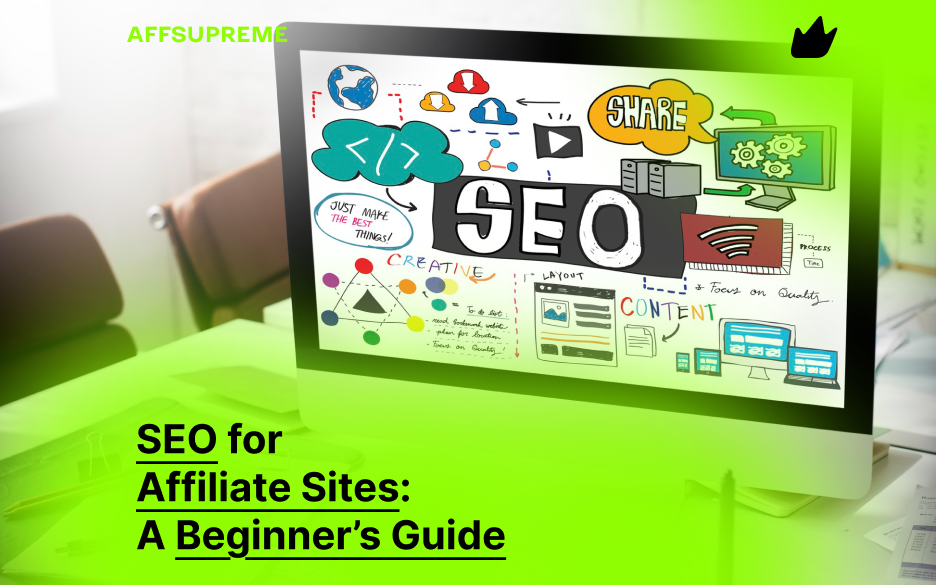Affiliate marketing is a powerful way to earn passive income online, but to succeed, you need consistent traffic to your affiliate site. This is where SEO (Search Engine Optimization) comes in. SEO helps your site rank higher in search engines like Google, bringing in targeted visitors who are ready to make a purchase. In this beginner’s guide, we’ll walk you through the essential SEO strategies tailored specifically for affiliate sites.
What Is SEO for Affiliate Sites?
SEO for affiliate sites involves optimizing your website’s content, structure, and technical setup to improve its visibility in search engine results pages (SERPs). The goal is to attract organic (unpaid) traffic that is interested in the products or services you promote through affiliate links.
Why Is SEO Important for Affiliate Marketing?
Affiliate marketers rely heavily on traffic to generate sales and commissions. Without visitors, you can’t earn. SEO offers a cost-effective, sustainable way to increase your site’s visibility and attract the right audience by:
-
Driving targeted organic traffic
-
Increasing site authority and credibility
-
Reducing dependence on paid advertising
-
Building trust with your audience through valuable content
Key SEO Steps for Affiliate Sites
1. Choose the Right Niche and Keywords
Start by selecting a niche that interests you and has good commercial potential. Then, perform thorough keyword research to find relevant search terms your target audience uses. Use tools like Google Keyword Planner, Ahrefs, or SEMrush to identify keywords with reasonable search volume and low to medium competition.
2. Create High-Quality Content
Content is king in SEO. Write detailed product reviews, comparisons, how-to guides, and helpful tips that provide real value. Ensure your content is original, well-structured, and optimized with your target keywords without overstuffing.
3. Optimize On-Page Elements
Optimize every page on your site by:
-
Including primary keywords in titles, meta descriptions, and headers (H1, H2, H3)
-
Using clean URLs that include relevant keywords
-
Improving page load speed and ensuring mobile responsiveness
-
Adding internal links to related content on your site
4. Build Quality Backlinks
Backlinks from authoritative and relevant websites boost your site’s credibility in search engines. Focus on earning links through guest posts, outreach, collaborations, and creating shareable content.
5. Handle Technical SEO
Make sure your site has:
-
A proper robots.txt file to guide search engines
-
An XML sitemap for easy crawling
-
HTTPS security certificate for user trust and rankings
-
No broken links or duplicate content issues
Use tools like Google Search Console and Screaming Frog to monitor and fix technical problems.
Common SEO Mistakes to Avoid on Affiliate Sites
-
Copying content from other sites (duplicate content)
-
Keyword stuffing or unnatural keyword placement
-
Ignoring user experience and mobile usability
-
Overloading pages with affiliate links without value
-
Neglecting site speed and technical optimizations
Final Thoughts
SEO for affiliate sites is a long-term strategy that requires patience, persistence, and consistent effort. By choosing the right niche, targeting the best keywords, creating valuable content, and optimizing both on-page and technical SEO factors, you can attract steady organic traffic and increase your affiliate commissions.
Remember, success in affiliate SEO isn’t about quick wins—it’s about building trust, authority, and a loyal audience over time.


